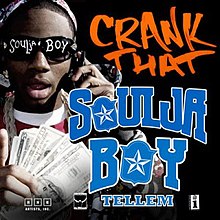Benefits of P2P on the Music Industry

The music industry had to adapt to the rise of digital music, and as the number of physical sales declined, the industry switched to an economic model based around royalties. Rather than making massive profits from being able to sell the same song multiple times, labels were able to monetize songs and make digital music services need licenses to distribute the label's songs. This allowed the digitalization of music to continue growing with technological advances rather than stagnating or being forcibly reverted to physical CDs and vinyl records to prevent people from being able to download music. The rise of P2P brought a new age of music distribution for music labels.
In addition, the rise of P2P gave many new artists an entry point into the music industry without needing the same connections within the industry that artists had previously required. The P2P system allowed for much greater artist recognition and allowed music listeners to greatly expand their collection of music, so more artists could potentially sell their music to the general public.

The rise of P2P came with many drawbacks to the music industry but it ultimately had some positive effects as well.
Sources:
http://mcpress.media-commons.org/piracycrusade/chapter-4-dissecting-the-boogeyman-how-bad-is-p2p-anyway/economic-and-social-benefits-of-p2p/
http://www.angelfire.com/de3/jfreeman/termpaper.htm#Benefits
https://wiux.org/read/hip-hop-history-soulja-boy-trolls-limewire/


Great post, I especially liked when you mentioned the rise of Soulja Boy due to the P2P program. While this post mentions the benefits of P2P, I was curious to see how much these applications really hurt music businesses. While the number of Napster users peaked at 57 million, I was shocked to see that over 30 billion songs were downloaded between 2004 and 2009. According to the RIAA, "music sales have dropped by 47% ever since Napster made its debut". It is interesting to see the colossal impact this one program had caused for the music industry. Over 71,000 jobs had been lost by 2012 as well. While the rise of P2P has allowed for more accessible music and more recognition or artists, illegal music downloading and sharing will continue.
ReplyDeletehttps://www.marshallmusic.co.za/2017/04/05/effects-illegal-downloading-music-industry/